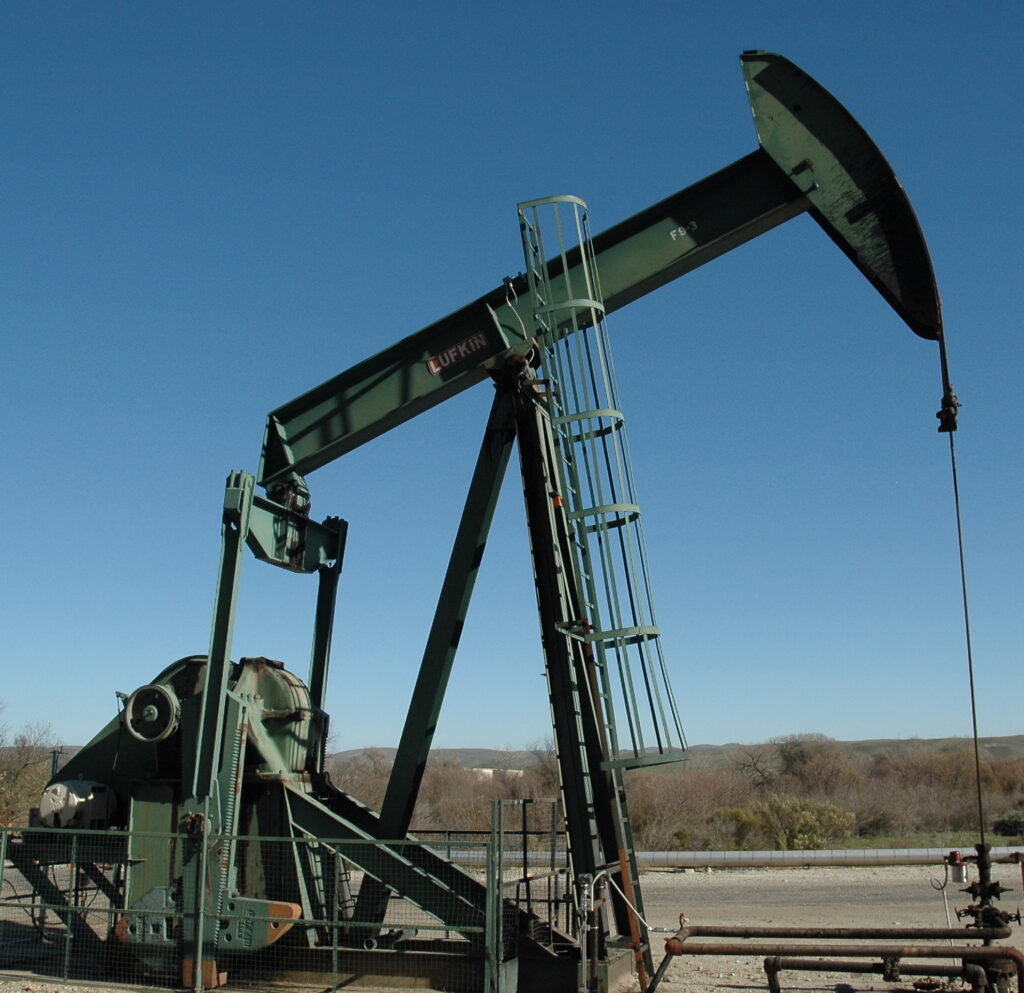
We’re Not in Texas Anymore
To better understand our predicament with the depletion of fossil fuels, a little history is in order:
In 1901, in Spindletop, Texas, a man named Lucas drilled 1140 feet down on dry land and hit a gusher that produced 100,000 barrels of oil per day until it was capped. After that, it produced many thousands of barrels per day for years. With subsequent wells drilled, Spindltop ultimately approached 100 million barrels of oil production through the 1930’s.
Contrast the above numbers with the Bakken oil field in North Dakota & Montana or the Eagle Ford and Permian oil fields in Texas. A typical well will be drilled down about 10,000 feet and then drilled horizontally for another 10,000 – 15,000 feet through relatively thin shale deposits. They then carry out the environmentally cringe-worthy practice of hydraulic fracturing (fracking) where they pump thousands of gallons of water, lots of sand and a cocktail of toxic chemicals into the well under extremely high pressure – thus fracturing the shale deposits so that the oil (or gas) can seep out of the cracks. Once all that is done, the well will typically produce 200-300 barrels per day and then enter a rapid production decline and be essentially exhausted within three years.
The process is so expensive and technologically demanding that the companies doing it make very little, if any money in the process. Worsening matters still, oil prices have dropped substantially from their $147 per barrel high following the 2008 financial crash. The only reason the shale oil (fracking) industry appears to be creating a new oil boom in the US is that they are drilling a huge number of wells just as fast as they can. There are now nearly two million shale oil or gas wells in the US. Flying into Dallas on a clear day, the drilling pads can look like a patchwork quilt covering the landscape for as far as the eye can see. Rather than being fueled by profit, this is being fueled by vast amounts of Wall Street investment resulting from the excess money created by the Federal Reserve in response to the economic crash of 2008. Currently, investors are starting to learn that the shale oil fracking industry is not profitable and investment is slowing down. This has been further exacerbated by the COVID collapse in oil demand. So, our current “oil boom” will be a short-lived footnote to civilization’s overall declining fossil fuel story.
Another way of viewing the above numbers is ERORI: Energy Return on Energy Investment. In the 1930’s, a meager amount of energy was used to produce a huge energy return. The EROEI was in excess of 100:1. In the shale oil industry the EROEI is less than 10:1. Tar sands oil is 5:1. Bio fuels are closer to 3:1 or less. Some biofuels actually have a negative EROEI, meaning that it takes more energy to create the fuels than they actually contain. Modern industrialized civilization was built on the cushy EROEI of the earlier years of the 20th century. Our current appearance of economic viability is structured more on cheap credit than cheap energy as the Federal Reserve and other central banks flood the financial markets with money in an effort to keep the economy moving.
(See the Section on Market Forces, True Costs and Environmental Tax Reform)